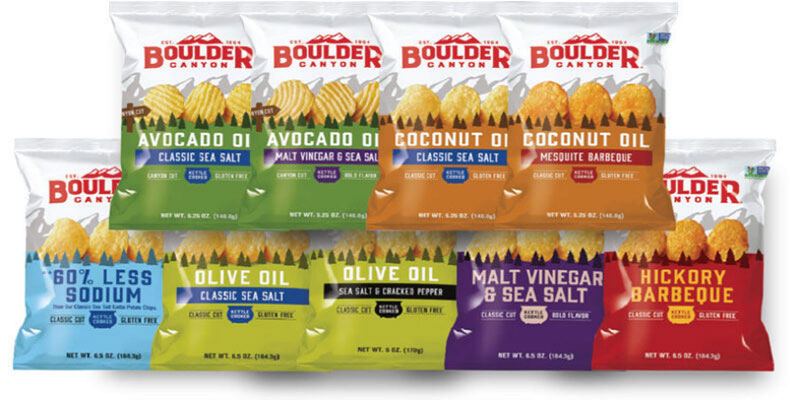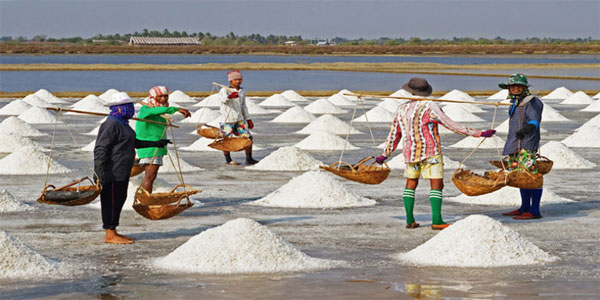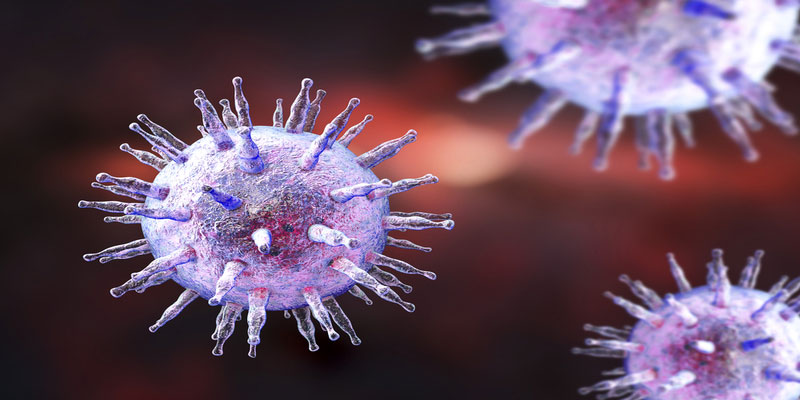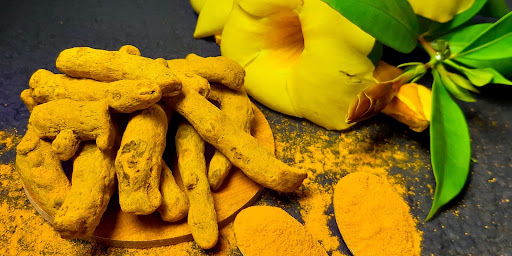The variety of high-end gourmet salts on the market might make your head spin. Which varieties do you find to be the healthiest, most versatile, and lowest in sodium? Check out the outcome with the help of our tutorial. In the first place, remember that the 2020-2025 Dietary Guidelines for Americans advise a daily salt intake of 2,300 milligrams or less, especially for children and adolescents under the age of 14. One teaspoon of salt per day is the recommended amount. We understand that this may seem shocking. The goal of learning about salt consumption is not to make you feel guilty about your diet. Instead, it is meant to expand your horizons so that you can make more informed decisions about what goes into your body.
Salt Vs. Sodium
We need to explain a few things before we plunge in headfirst: The words "salt" as well as "sodium" are commonly used interchangeably, yet they have distinct meanings. In nature, salt often appears as a crystalline substance. Sodium is both a mineral as well as a chemical element, and it can be found in salt. The Centers for Disease Control and Prevention reports that lowering salt intake may lower blood pressure, lowering the risk of hypertension and, as noted by the American Heart Association, a host of other health problems. Contrary to common opinion, the FDA says that processed and restaurant meals account for more than 70% of the average person's daily salt intake. According to the CDC, this might explain why the typical American consumes 3,400 mg of salt daily. It might be difficult to tell which foods contain salt.
According to the Centers for Disease Control and Prevention, the following ten food groups account for more than 40% of the average person's daily salt intake:
- Gruel and rolls
- Pizza
- Sandwiches
- Salami, ham, and other cold cuts
- Soups
- Tacos and burritos
- Savory nibbles
- Chicken
- Cheese
- Omelets with eggs
Consuming these salty foods might make you feel hungrier than usual. The FDA emphasizes reading food labels since not all items rich in sodium taste salty.
Packaging Guidelines

According to FDA regulations, a "low sodium" claim on food packaging requires 140 mg or less per serving. To be labeled "extremely low sodium," a food must have 35 milligrams of sodium or fewer per serving, and to be labeled "salt/sodium-free," it must have 5 milligrams of sodium or less per serving. To qualify for the "reduced sodium" label, the sodium content must be at least 25% lower than the unlabeled counterpart. The FDA mandates that products labeled "light in sodium" or "lightly salted" have at least 50% less sodium than ordinary products. Also, remember that just because a product labels itself as "unsalted" or "no salt added" doesn't always imply it's sodium-free.
Other Roles Of Sodium
But hold on! Sodium isn't evil, and we're not trying to trash it. After all, it adds flavor to food, helps preserve it, and is essential in drying, curing, baking, and keeping foods wet. Also, its significance has grown. Sodium, along with potassium, is an electrolyte that aids in fluid and blood volume homeostasis, as reported by the Centers for Disease Control and Prevention (CDC). Electrolyte replacement before exercise has been shown to reduce the risk of cramping, according to research published by BMJ Open Sport & Exercise Medicine in April 2019. One reason you see athletes chugging sports drinks containing electrolytes is to replace the salt they sweat out. Compared to processed or restaurant-prepared food, sodium in homemade meals often comes out lower.
Iodized Salt
You may be familiar with the "iodized salt" or the box in which it comes. According to the American Thyroid Association, consuming enough iodine, often added to table salt, is crucial for the body's production of thyroid hormones. Lack of iodine has been linked to a higher risk of developing a goiter. In cooking and baking, iodized salt is your best option since it contains iodine and dissolves quickly in food.
Kosher Salt
When it comes to cooking, many celebrity chefs prefer kosher salt because of its flatter, lighter, flakier texture, even if table salt is more accurate for measuring purposes. The granules are of different sizes and shapes, which gives them an interesting texture. Because of its bigger crystals, it is also great for koshering meat.
Sea Salt

The ocean or saltwater lakes are the sources of sea salt. Naturally occurring minerals, including potassium, are preserved in sea salt because it is treated less than iodized salt. Granules containing sea salt are larger than regular table salt, which may produce a more flavorful product while reducing sodium content. Please avoid using this salt in regular cooking and baking; it has a strong flavor and doesn't dissolve well, so your food can turn out funny. It's more amusing when liberally sprinkled on one's meals.
Conclusion
Despite the lower sodium content, these salts should still be used sparingly to maintain a healthy diet. High blood pressure and other health problems may be avoided by limiting daily salt intake to 2,300 mg. A gourmet salt shaker might be too much. Which ones have the least amount of salt, are the healthiest, and therefore are best for cooking? Please seek advice from our manual for the best outcomes. The American Dietary Guidelines for 2020-2025 recommend that children and adolescents consume less than 2,300 mg of salt daily. You need around a tablespoon of sodium every day. This is a serious matter.




